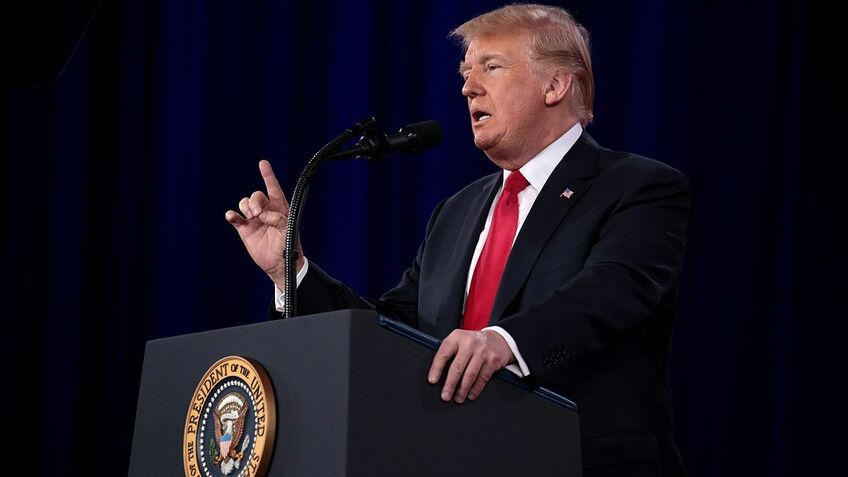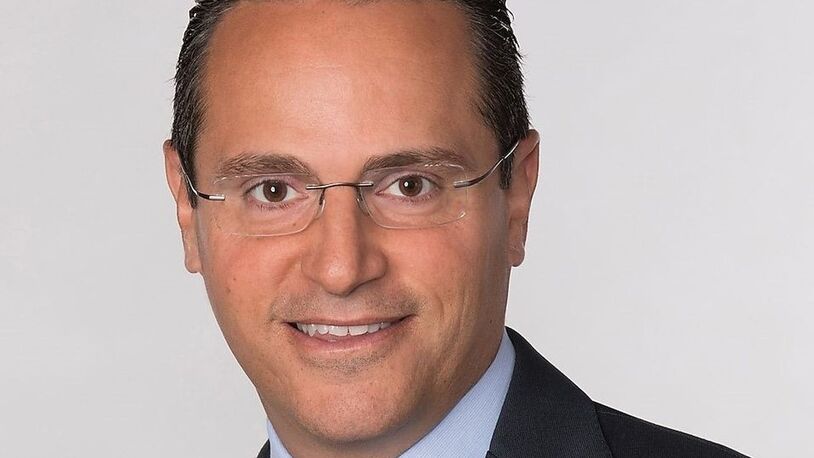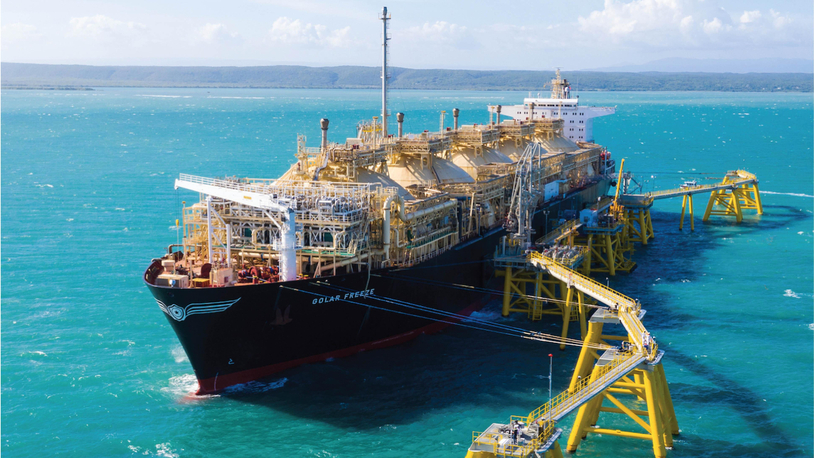Business Sectors
Contents
Shell and BG tie a big LNG knot
It's the energy deal of the century. Government antitrust vetting hurdles have been cleared, both sets of shareholders have approved it and Shell's US$50 billion acquisition of the BG group is set for formal completion next Monday.
In the energy sector only the US$82 billion merging of Exxon and Mobil activities in 1998 has been a bigger deal. Of all the global energy majors eyeing BG's strong LNG portfolio and developing Brazilian offshore oil plays, Shell was the most appropriate suitor.
BG's LNG and deepwater oil and gas focal points are also priorities for Shell. The takeover will boost Shell's equity liquefaction capacity from 22.6 to 33 million tonnes per annum (mta) of LNG, cementing its global leadership in the sector. Combined new projects are set to boost this to 45 mta by 2018.
Shell and BG top brass worked out the proposed merger in March 2015 when the sharp decline in oil prices, to US$60/barrel from US$115/barrel a year earlier, made the purchase achievable. The Shell offer was at a 50 per cent premium to BG's then market value.
Timing questions
Some have questioned the wisdom and timing of Shell's acquisition, given plummeting oil and gas prices. Is a time of massive asset writedowns and tumbling earnings and profits opportune for an energy company with a market value of US$130 billion to be making a US$50 billion purchase?
Shell chief executive Ben van Buerden says oil needs to be above US$60/barrel over 20-30 years for the deal to pay off. In recent weeks Brent crude has fallen to US$30-35, a 12-year low.
Belt-tightening rationalisation measures will be the order of the day over the next 12 months as the two organisations are brought together. Shell plans to cut 10,000 jobs in the integration process and to sell about US$30 billion of assets over the next three years.
Shell aims to rejuvenate itself and to improve shareholder returns with the acquisition. The deal seeks to establish a new enterprise whose development path is more predictable, that focuses on its core strengths and is more resilient and competitive at all points in the energy price cycle.
The sentiments are supported by the market. On 4 February, when Shell announced its fourth-quarter and 2015 annual results, its share price jumped 6.7 per cent - despite an 80 per cent drop in annual profits, the steepest fall in 13 years.
Double-strength LNG
Shell’s LNG equity sales of 22.6 million tonnes (mt) last year were 6 per cent lower than in 2014, mainly due to the expiry of its Malaysia LNG Dua joint venture. However, the energy major finalised new sales deals that will add some 4 mta of supply that are typically for 10 years or longer and linked to oil prices.
In 2015 Shell also closed more than 10 scheduled contractual price reviews with its Asia-Pacific joint ventures, reinforcing traditional LNG contract oil linkage. In addition progress was made in accessing new LNG markets, including in Myanmar, India, the Philippines, Jordan, Malta and Gibraltar.
When BG released its annual results the following day, the standout number was a 63 per cent year-on-year increase in delivered cargoes, to 282 shipments, or 17.9 mt of LNG. The complement included cargoes to three new LNG import nations - Egypt, Pakistan and Jordan.
Last year's increase was due to 77 cargoes from BG's new Queensland Curtis LNG (QCLNG) export terminal in Gladstone, Australia and 31 additional spot cargoes. The facility’s two trains are now running at plateau levels and the facility is scheduled to load 120-125 cargoes this year.
QCLNG is one of many projects with potential for combined group synergies. Arrow Energy, the Shell/PetroChina joint venture, chose not to build a competing LNG terminal at Gladstone two years ago but now stands poised to feed the QCLNG liquefaction plant with its own Queensland coal seam gas.
Large combined fleet
BG's bias and approach towards LNG makes it unusual. Rather than use traditional long-term contracts to underwrite its projects, the company maintains a diverse LNG supply portfolio to give it flexibility in meeting its customers' contracts.
BG charters about 25 LNG carriers to cover its LNG supply/demand matrix. Another 12 LNGC newbuildings are lined up for charter to BG.
Eleven ships in the fleet were owned by BG and sold to GasLog for charter back. The Greek shipping company also charters three additional vessels to BG and owns six of the 12 charter ships on order. The other principal independent shipowners in the BG charter fleet are Maran Gas, with six LNGCs in service and two on order, and Teekay, with two in service and four on order.
Shell's impressive involvement with some 25 per cent of the global LNGC fleet includes technical management and construction supervision of ships for third parties. It sells most of its equity LNG under long-term sales agreements, often to buyers that arrange their own transport. Nevertheless, Shell has a substantial charter fleet, featuring pairs of vessels from GasLog, Sovcomflot and K Line and 13 from the former Stream fleet.
Shell will also take on time charters of six to eight years with extension options on five 173,400m3 LNGCs that Daewoo Shipping & Marine Engineering (DSME) is due to deliver to Teekay in 2017 and 2018.
The Shell-BG integration will initially focus on reducing marketing and shipping costs but in the longer term the combined operation's expanding project portfolio will utilise a growing fleet.
Growth phase leadership
Natural gas accounts for 78 per cent of BG's hydrocarbon resources while for Shell the share has just passed 50 per cent. Buying BG boosts Shell's oil and gas reserves by 28 per cent and production levels by 20 per cent.
Despite the market slowdown both firms anticipate average annual growth in global LNG movements of 5 per cent over the next two decades and expect the merged group to lead this next growth phase, not least by concentrating on fewer, larger projects.
The push to unlock value from the combined portfolios will enhance free cash flow and the capacity to undertake share buybacks and harness the two firms' industry-leading technological expertise to accelerate deepwater and LNG ventures. Group strengths include Shell's Prelude solution for floating LNG (FLNG) production and commitment to small-scale LNG and LNG bunkering along with BG’s Blue Amazon LNG ship of the future design.
Singapore is a good example of the potential for group technical synergies. Recently, a BG/Keppel partnership and Pavilion Energy won the first licences to supply LNG as bunker fuel in the world's leading bunkering port.
Both license holders will provide infrastructure for fuelling operations to start early in 2017. The Singapore LNG import terminal - in which BG has extensive capacity rights and to which it has delivered 72 cargoes - will supply the LNG while Shell's bunker vessel design expertise is available to play a key role.
Ben van Buerden says that today’s “unprecedented” volatility in oil prices does not reflect supply and demand fundamentals. He expects the global oil market to rebalance later this year, paving the way for crude prices to recover to at least US$60/barrel.
Marrying BG's entrepreneurial skills with Shell's technical expertise and solid customer base holds great potential, especially in LNG. Staff and shareholders in the combined group look forward to reaping the benefits.
Related to this Story
Events
TUGTECHNOLOGY '25
Reefer container market outlook: Trade disruption, demand shifts & the role of technology
Asia Maritime & Offshore Webinar Week 2025
Marine Lubricants Webinar Week 2025
© 2024 Riviera Maritime Media Ltd.













